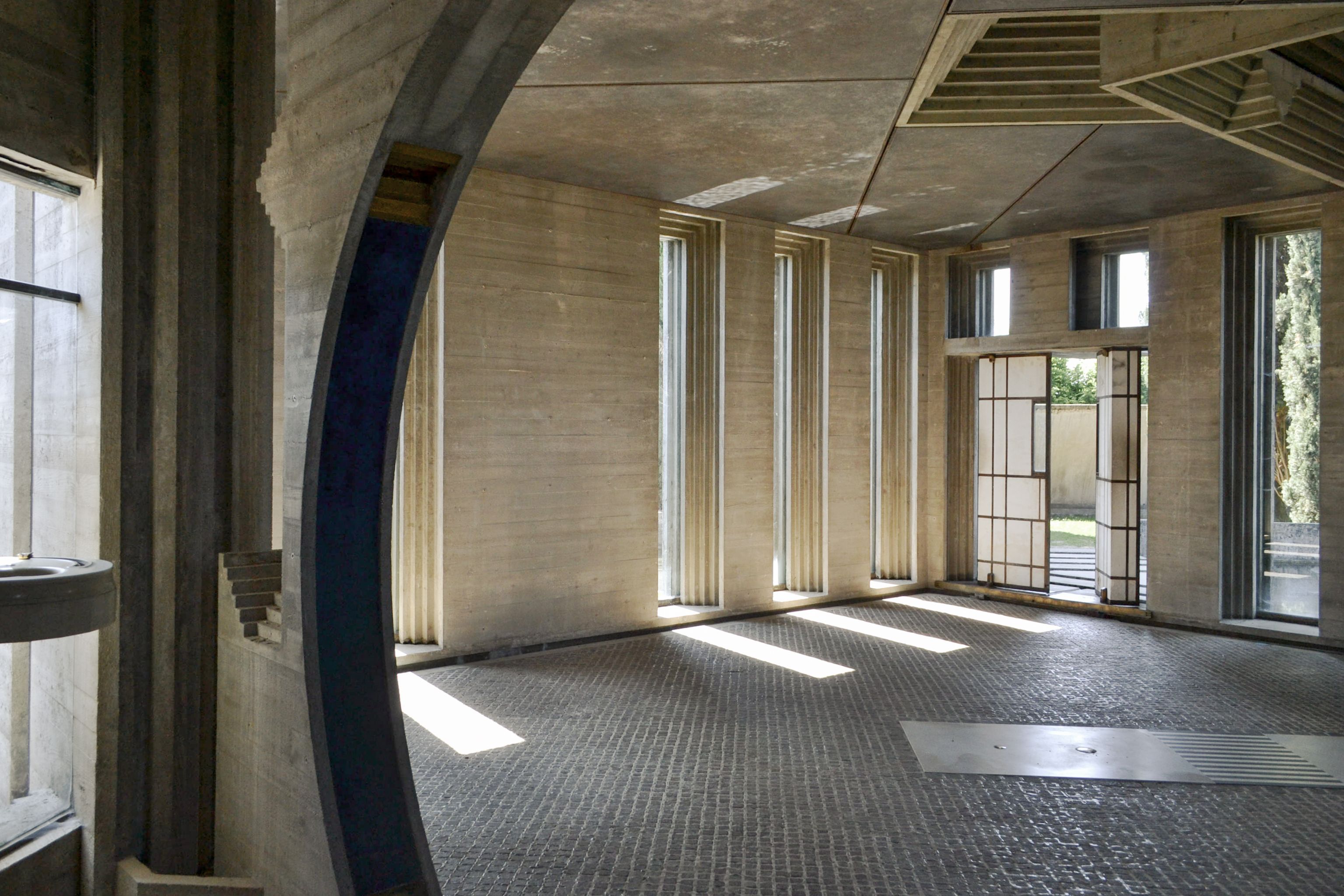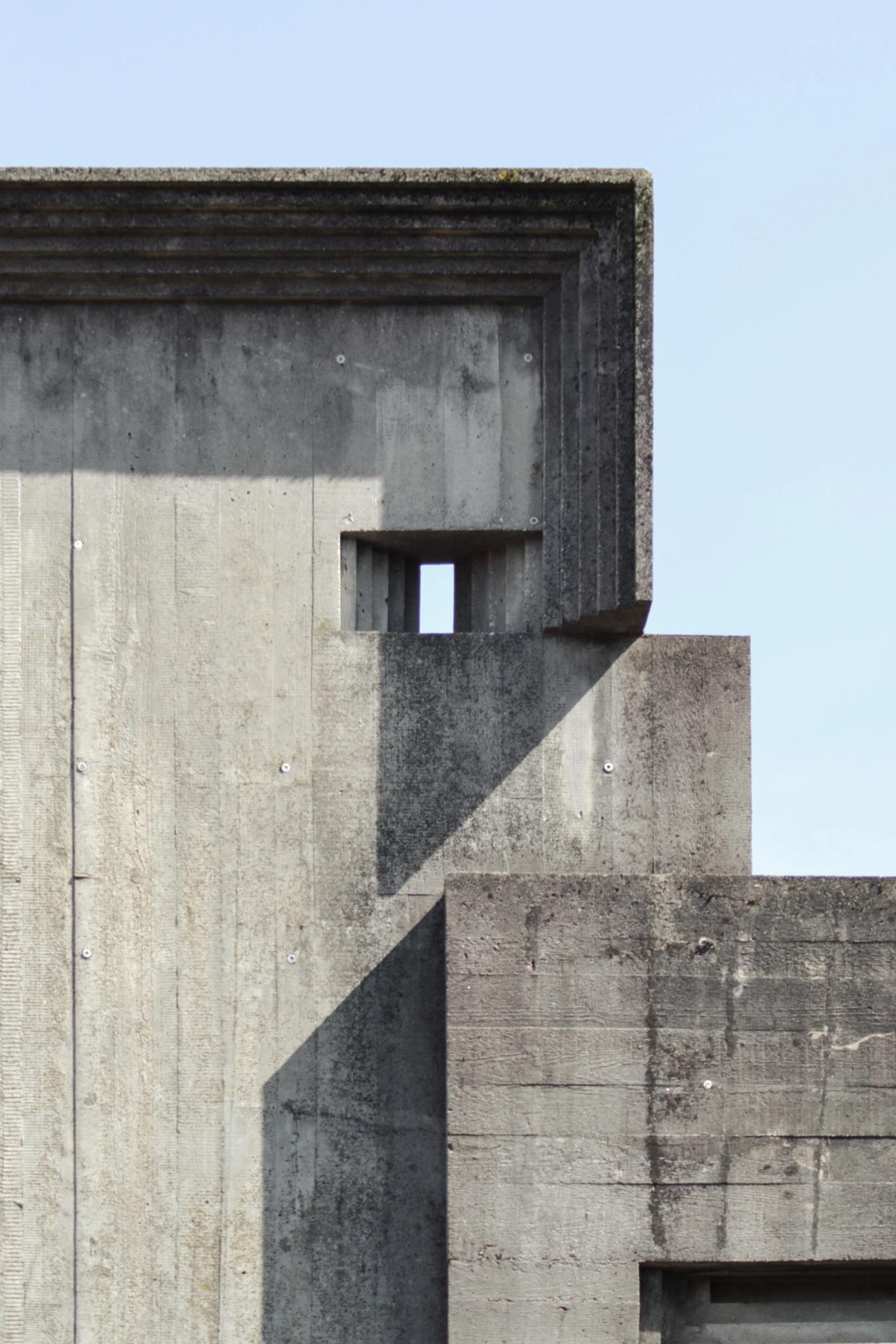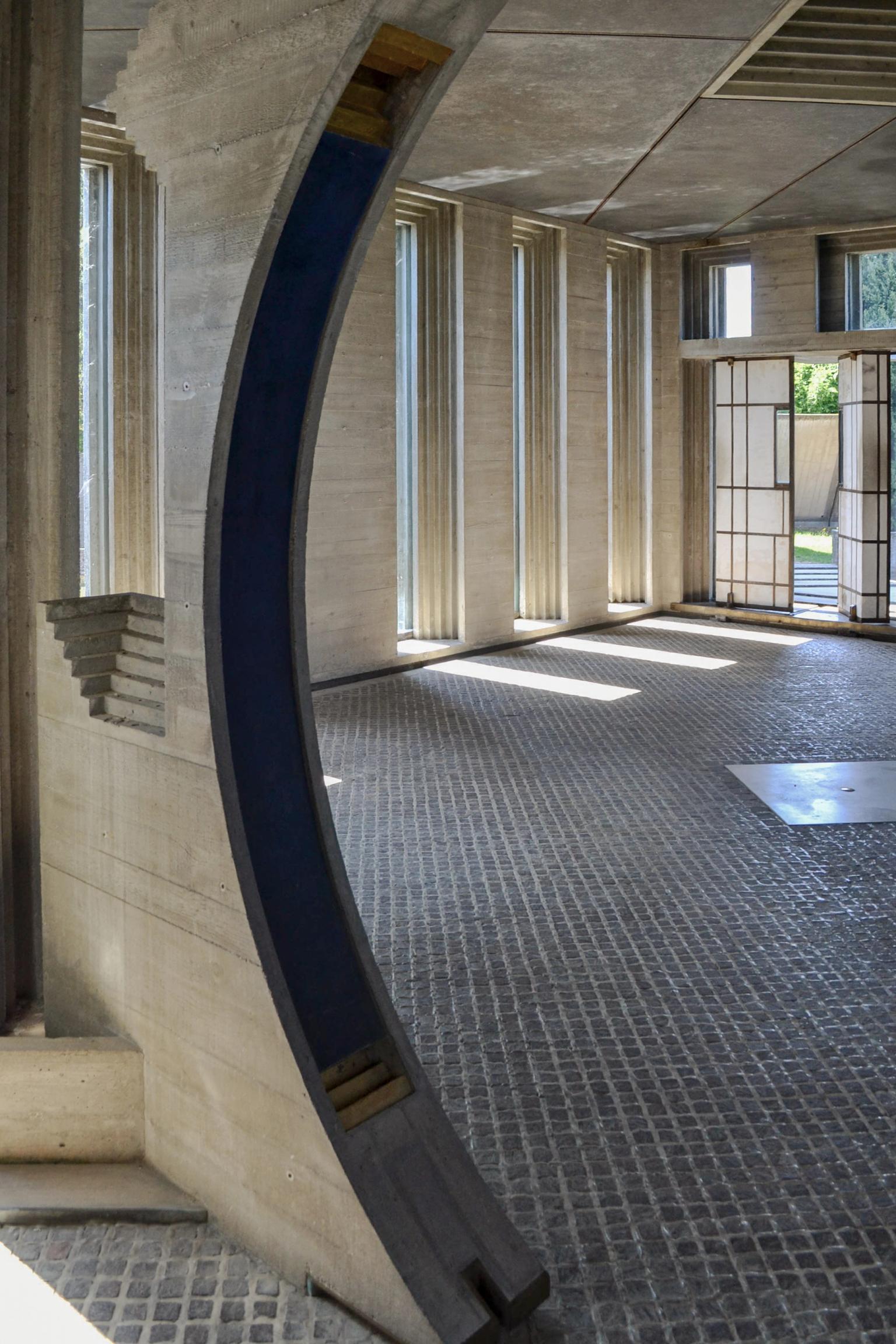
Carlo Scarpa
Tomba Brion
- ArchitectCarlo Scarpa
- Photographer Mili Sánchez Azcona
NORM ARCITECTS This project resonates with us because of Scarpa’s meticulous layering of materials and the poetic detailing throughout the site. The way water, stone, and concrete interact creates a serene and contemplative atmosphere. We admire how every element, from pathways to sculptural forms, guides the visitor through an intimate, reflective experience.

Tomba Brion
In the quiet countryside of San Vito d’Altivole, near Treviso, lies one of the most poetic architectural works of the twentieth century - the Tomba Brion, designed by Carlo Scarpa between 1969 and 1978. Commissioned by Onorina Tomasi Brion in memory of her husband, Giuseppe Brion, founder of the Brion Vega electronics company, the project was never conceived as a mere tomb. Scarpa envisioned it as “a garden to be visited” - a meditation on love, time, and the delicate passage between life and death.
The Brion complex is a sequence of gates, walls, chapels, and water gardens that unfold like a spiritual journey. Scarpa wove together influences from Venetian craftsmanship, Japanese gardens, and modernist geometry, creating a space that feels both ancient and timeless. Every surface bears his signature precision: concrete edges softened by gold inlays, mosaics glinting in shadow, water channels tracing quiet reflections across the site.
At the heart of the tomb is its most famous motif - the interlocking circles, known as the lovers’ portal. It is a symbol of two souls, distinct yet eternally connected, their forms touching without merging. This gesture captures the emotional core of the project: love enduring beyond death.
Light and shadow play constant roles in the composition. Pools mirror the sky, while the heavy concrete walls frame views of cypress and meadow. The visitor moves gradually inward, from the outer world into stillness - a choreography of approach, pause, and contemplation.

In 1978, before the project’s completion, Carlo Scarpa died unexpectedly in Japan. In a final poetic turn, he was buried standing upright in a secluded corner of the Brion site, facing east toward the rising sun. His modest grave rests quietly amid the bamboo, merging the architect’s life and work in one final gesture.
The Tomba Brion remains a masterpiece of emotional architecture - a place where material and spirit, craft and meaning, converge. It is not only a memorial to the Brion family, but also Scarpa’s own serene farewell - a garden of eternity built from stone, water, and light.











